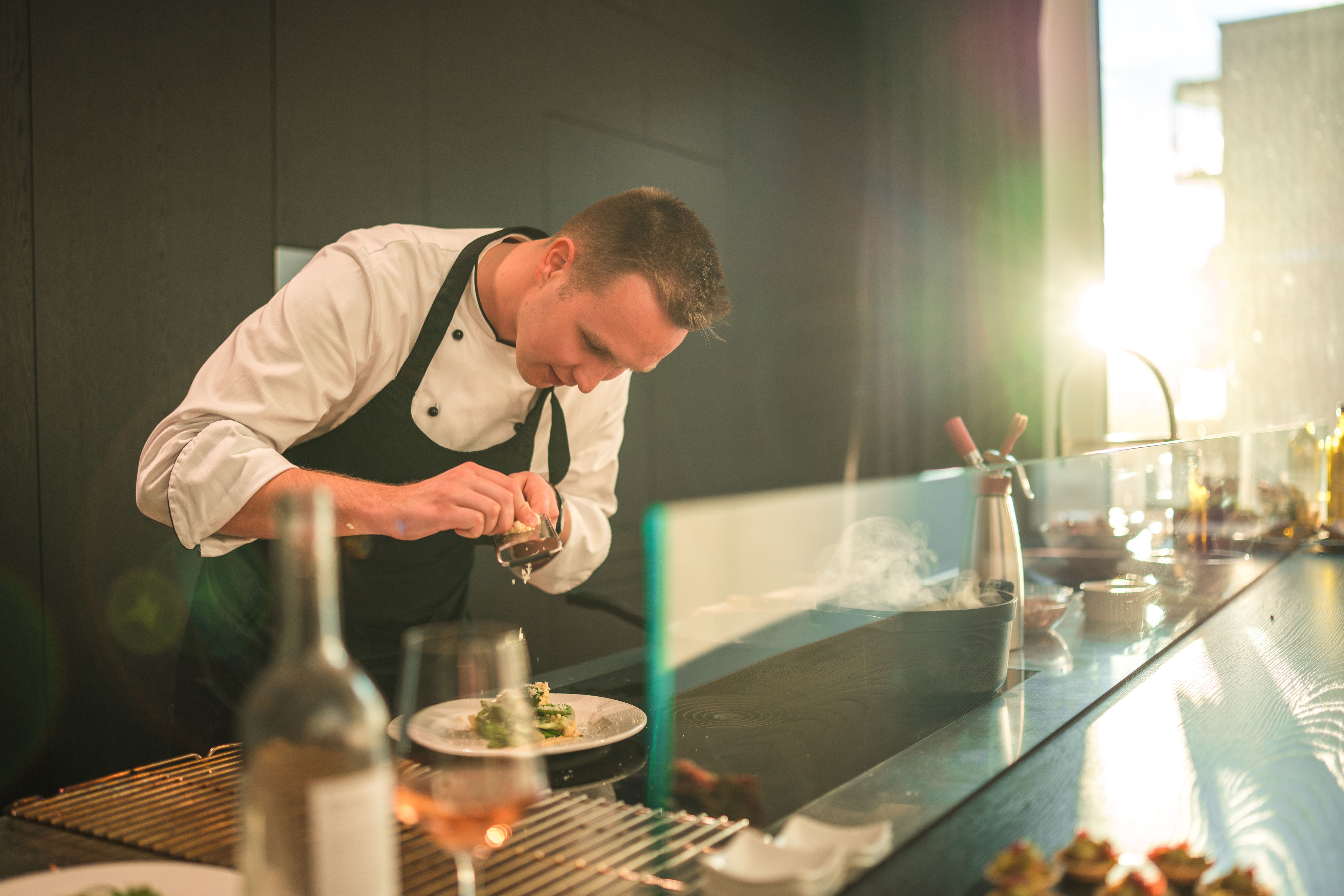The Art of Plating: Elevate Your Dining Experience with Gourmet Recipes
The Art of Plating: Elevate Your Dining Experience
Plating is more than just placing food on a plate; it’s an art form that can transform a simple meal into a memorable dining experience. Mastering the art of plating can make your dishes more appealing and enhance the overall enjoyment of the meal. Whether you’re a home cook or a professional chef, understanding the principles of plating can help you present your culinary creations beautifully.
Visual appeal is a crucial aspect of dining. When food is presented in an aesthetically pleasing manner, it can stimulate the senses and increase anticipation. A well-plated dish not only looks stunning but also tells a story, highlighting the chef's creativity and attention to detail.

Understanding the Basics of Plating
To elevate your plating skills, start by understanding the basic elements of design: balance, contrast, and harmony. Balance involves distributing the elements on the plate evenly, ensuring no part looks overcrowded or sparse. Contrast can be achieved through color, texture, and shape, creating visual interest. Harmony ensures that all components on the plate complement each other, both visually and in terms of taste.
Choosing the right plate is also essential. The size, shape, and color of the plate can influence how the dish is perceived. A larger plate provides ample space for creative arrangements, while a colored plate can enhance or detract from the food’s appearance.
Tips for Enhancing Your Plating Skills
Here are some tips to help you elevate your plating game:
- Use Odd Numbers: Plating items in odd numbers can create a more dynamic presentation.
- Play with Height: Adding height to your dishes can add drama and sophistication.
- Garnish with Purpose: Choose garnishes that enhance flavor and complement the dish.
Pay attention to portion size as well. The right portion size ensures that the plate looks full without overwhelming the diner. It’s also important for maintaining balance on the plate.
Incorporating Gourmet Recipes
When working with gourmet recipes, consider how each component contributes to the overall presentation. Ingredients like edible flowers, microgreens, or sauces can add color and texture. Use sauces to create artistic patterns or drizzles, drawing attention to specific areas of the dish.
For complex dishes with multiple elements, think about how each part will be arranged. Group complementary flavors together and use negative space effectively to highlight key components.
The Final Touch
The final touch in plating is ensuring that each element is perfectly placed. Use tools such as tweezers or squeeze bottles for precision. Before serving, take a step back to view the plate as a whole and make any necessary adjustments.
Remember that plating is an expression of your personal style and creativity. Don’t be afraid to experiment with different techniques and presentations to find what works best for you. With practice and attention to detail, you can transform any meal into a gourmet experience.
